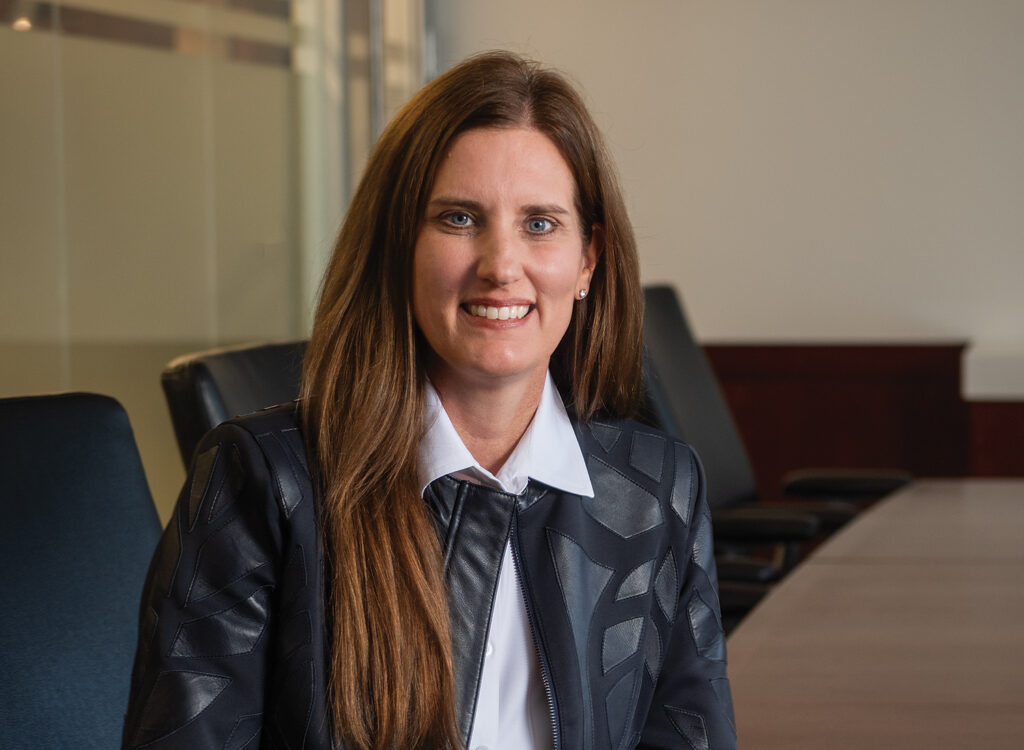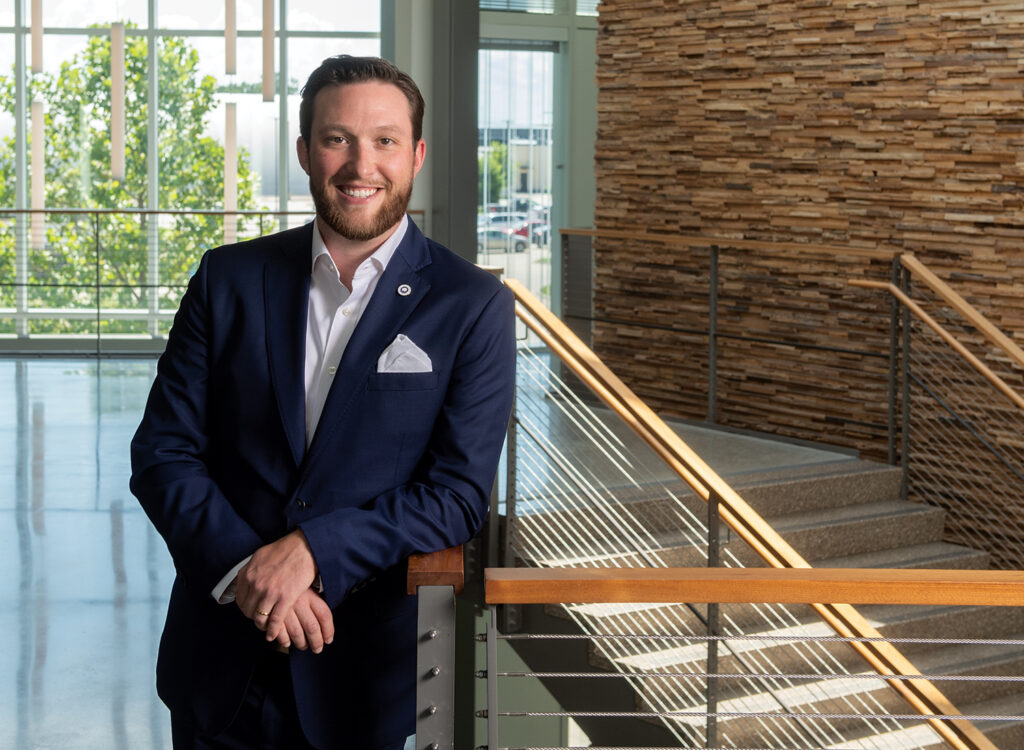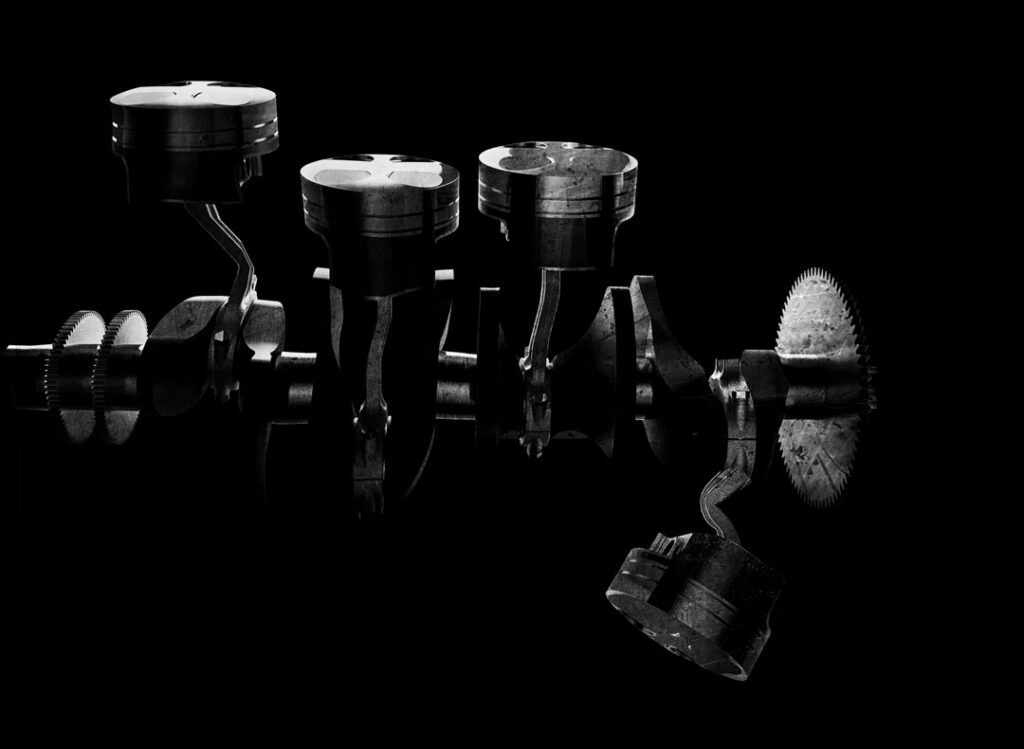The Elbert Files: Teaching DM to be walkable

The question that was never fully answered earlier this month during a forum on walkable cities was: How do you build a political consensus to transform Des Moines from car-centric to pedestrian and bicycle friendly?
There’s increasing evidence that walkable cities are healthier, safer and more economically viable than cities designed for cars.
But how do you get that across to politicians, business leaders and voters? How do you persuade people to change decades-old, one-way traffic patterns into two-way systems that are friendlier to people, retailers and service providers?
More important, where do you find the money to pay for the changes?
Those underlying questions were at the core of a community forum held March 25 at the World Food Prize Hall of Laureates. The Iowa chapter of the Urban Land Institute sponsored the event, which featured walkable cities guru Jeff Speck and Oklahoma City Mayor Mick Cornett.
The 300 attendees enjoyed Speck’s witty summation of modern traffic problems and Cornett’s self-deprecating explanation of how Oklahoma City is moving its downtown back to the future.
The mayor explained that it’s taken time and three successful tax referendums, but downtown Oklahoma City now includes a state-of-the-art venue for Olympic rowers, among other attractions.
Oklahoma City’s first tax increase, during the 1990s, helped renovate cultural facilities. The second in 2001 was used to repair schools. The most recent increase, passed in 2009, is helping pull the city’s transportation system into the 21st century with more options for walking, bicycling and light rail.
Central Iowa has its own history – mostly bad – with sales tax referendums.
The failures were largely the result of a lack of trust by voters. The way to overcome trust issues is education, but that poses its own problems.
One is that politicians are, at best, reluctant advocates for tax increases.
Another problem is that local news organizations largely ignore complex problems, which are not considered sexy and don’t produce a lot of online hits. As a result, reporters and editors don’t put much energy into trying to understand and cover them.
One current example of a misplaced priority is The Des Moines Register’s Lost Schools project. The yearlong series is a nostalgia-driven effort to find and report on abandoned school districts and buildings in rural Iowa. There is no mystery to why the schools were abandoned. Nor is there any real solution to the problem of population decline in rural Iowa. But the idea is appealing and generates a lot of online traffic.
If the same energy was put into explaining why modern transportation systems are screwed up and what’s needed to fix them, as the Urban Land Institute forum began doing last week, we might actually accomplish something.
The problem today is that too few people understand how much our transportation goals have changed from the 1960s and ‘70s, when traffic engineers’ objective was to move cars in and out of downtown as efficiently as possible.
Today, the goal is creating streetscapes where people are comfortable, feel safe and can be entertained.
In 2012 Speck wrote a book – “Walkable City; How Downtown Can Save America, One Step at a Time” – on how to slow down traffic and reintroduce pedestrians and bicycles into the mix.
More recently, in a letter to Des Moines city officials, he recommended returning many of downtown’s one-way streets back to two-way.
“There are no physical impediments to returning the entirety of downtown traffic to two-way,” Speck assured city officials.
“The only limitations are political,” he said. “And they can be overcome by bold leadership,” and asking: “What do we value more: being a place that is easy to drive through, or a place that is worth arriving at?”










